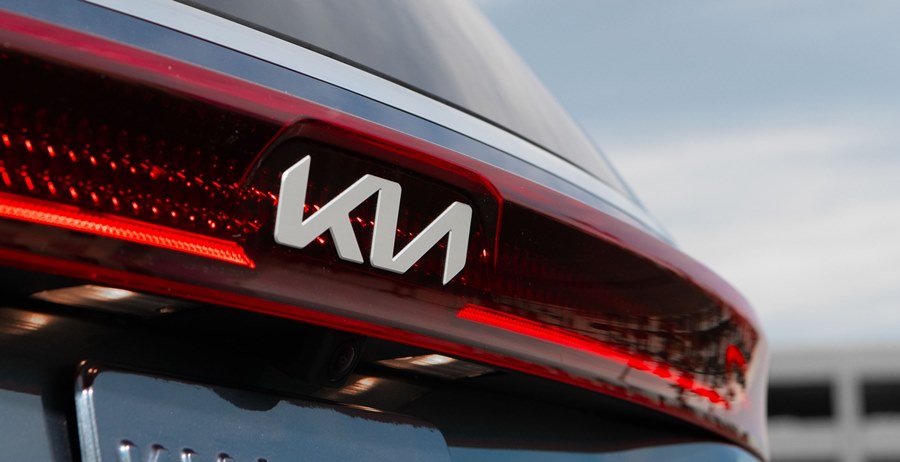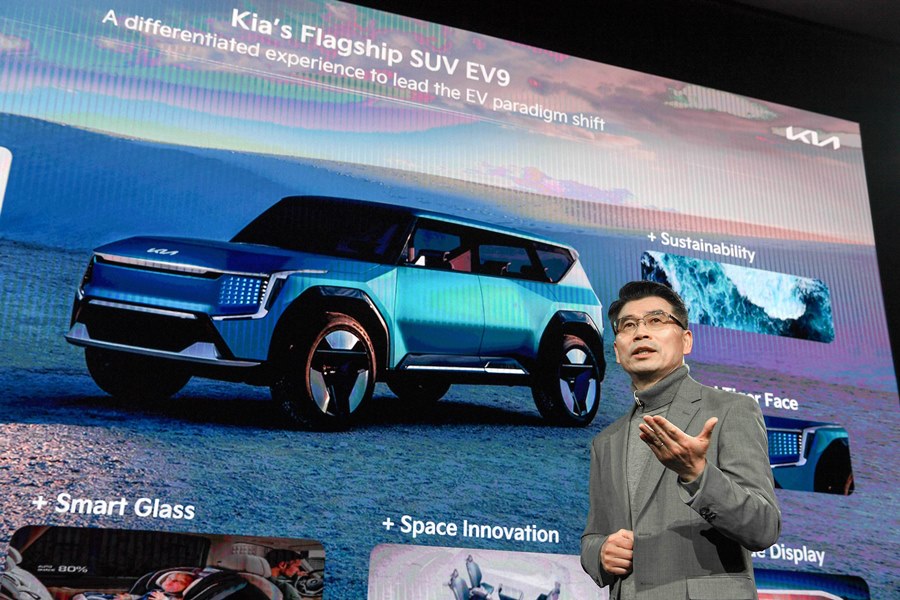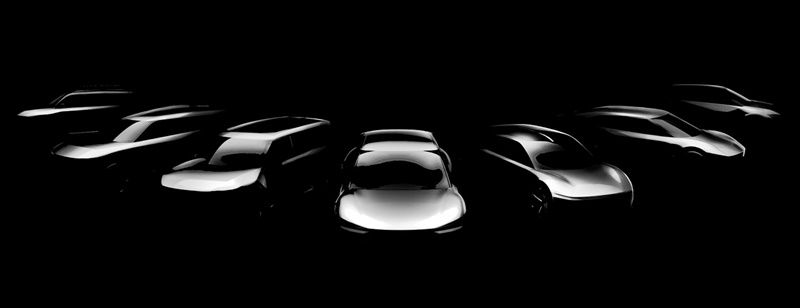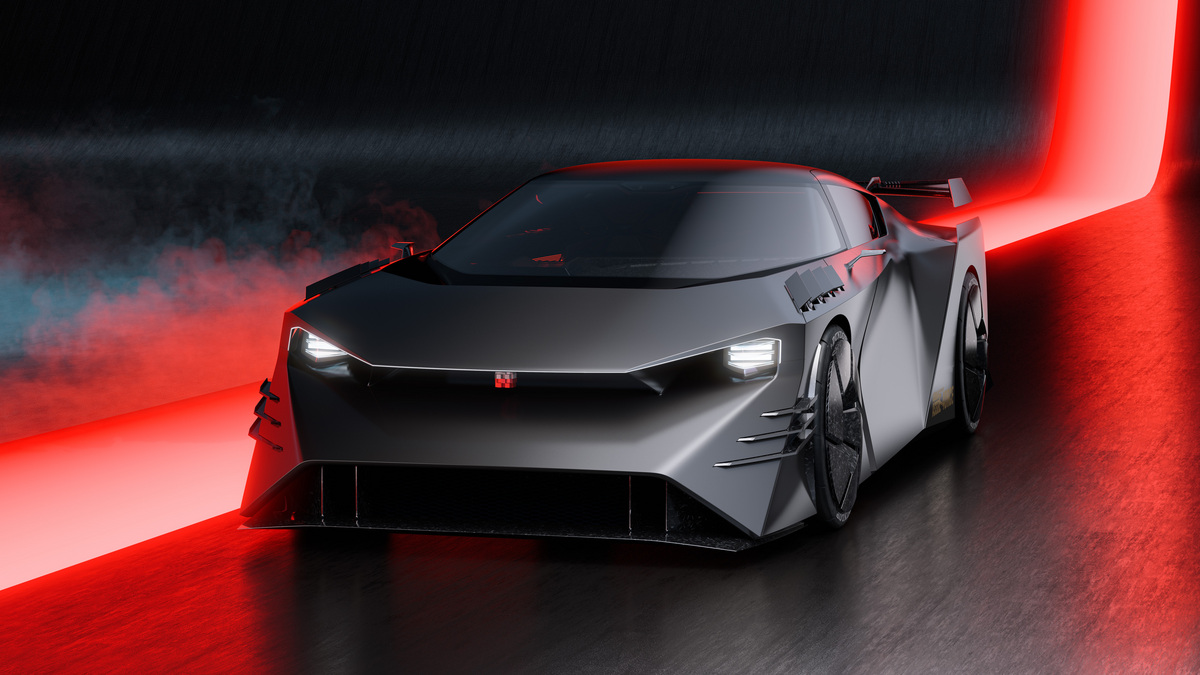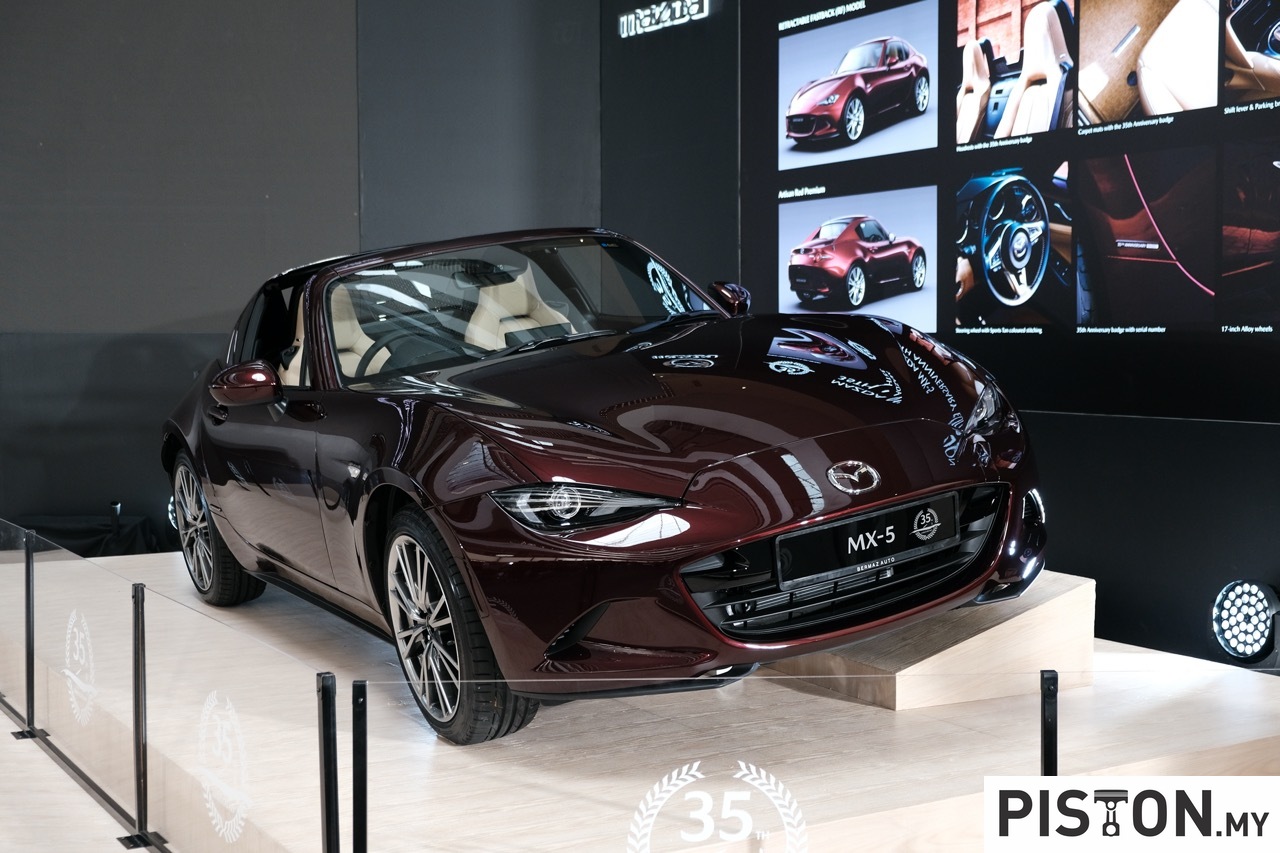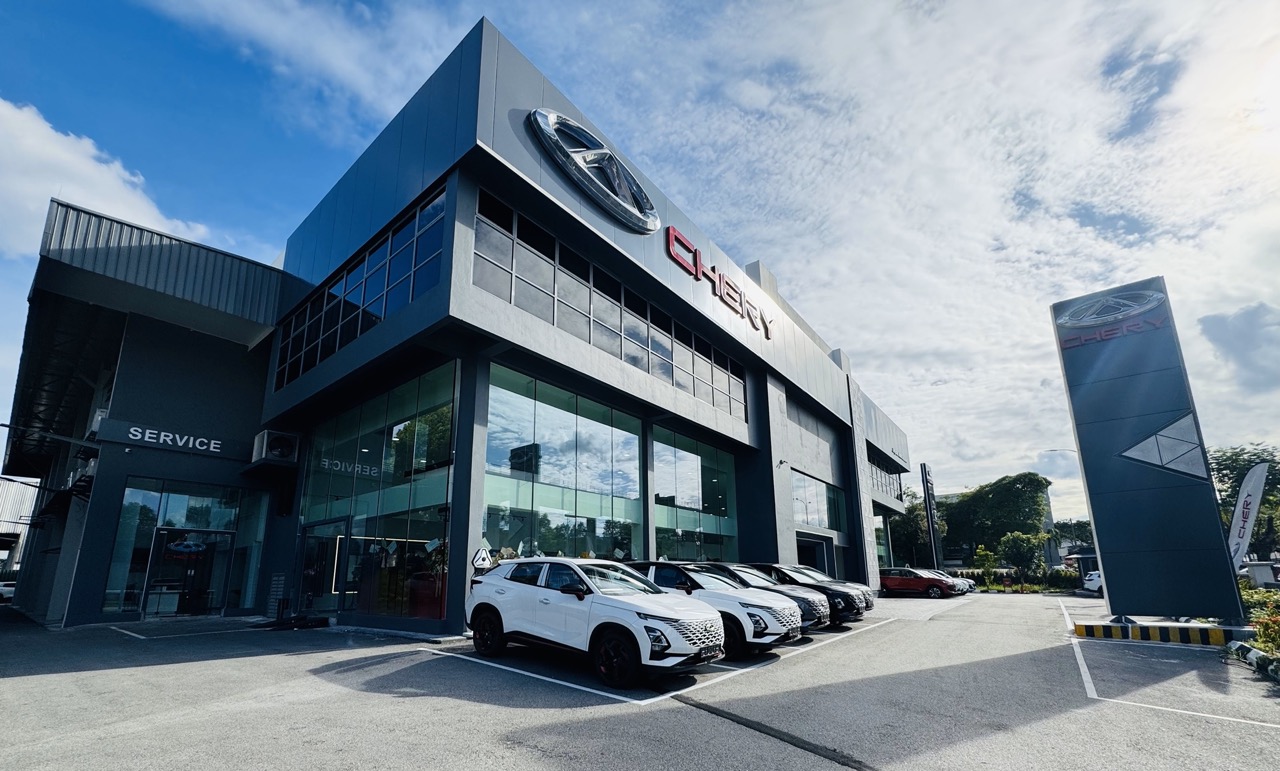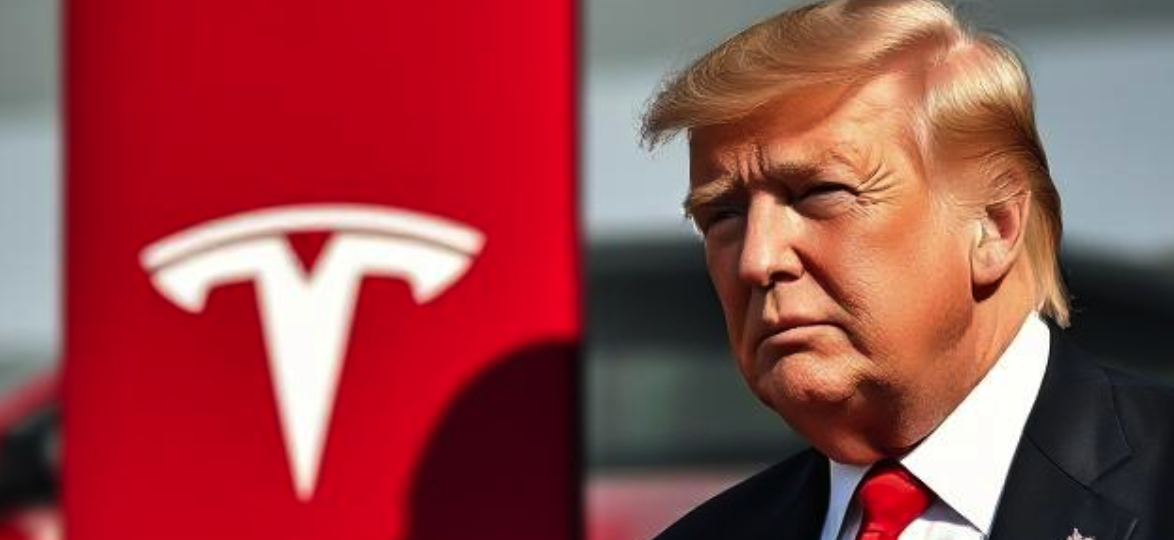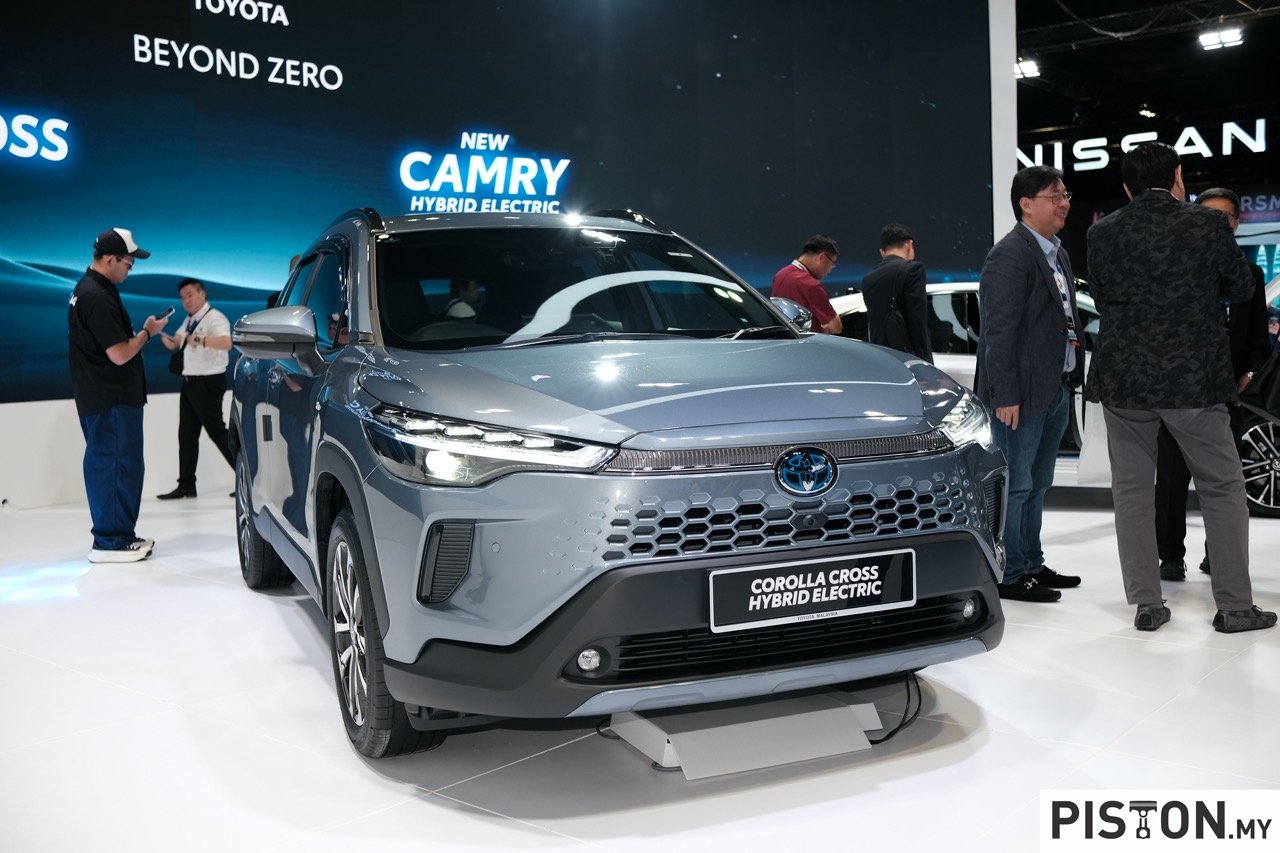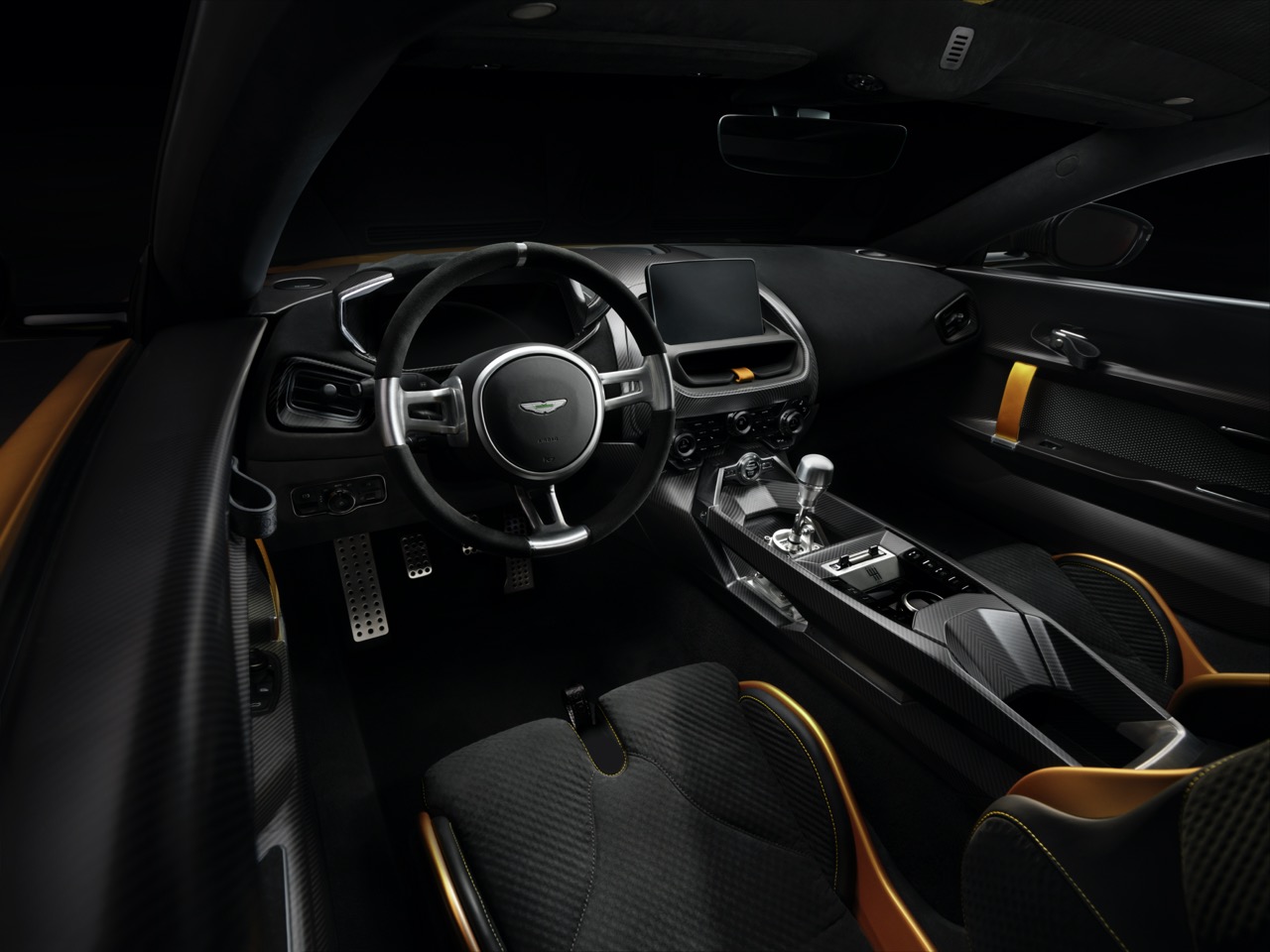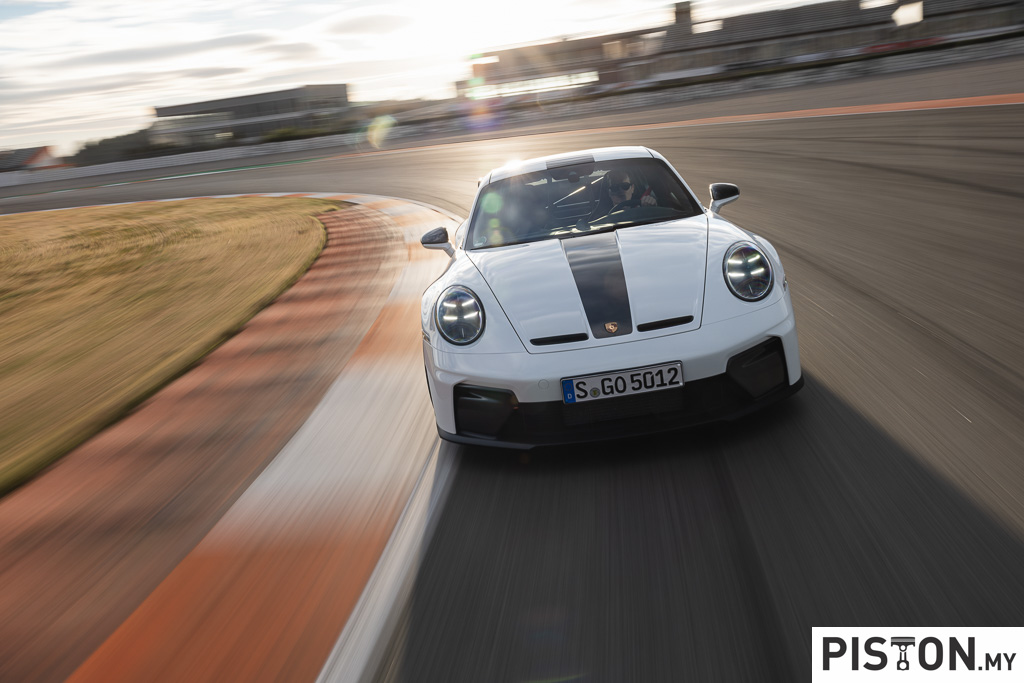Like all carmakers, Kia Corporation has formulated strategic plans for the rest of this decade, not just with respect to electrification but also for the bigger picture of mobility. The company aims to be more than just a car manufacturer and be a Sustainable Mobility Solutions Provider. To achieve this vision, its roadmap builds on the successful ‘Plan S’ strategy first announced in 2020. This corporate vision is supported by three key pillars – people, planet and profit.
The company has set 4 key business targets to reach by 2030. These core business aims are: accelerating electrification and achieving annual sales of 1.2 million battery electric vehicles (BEVs) by the end of the decade; reaching 4 million annual vehicle sales by 2030s; expanding the application of connected car features and autonomous driving technologies to all new vehicles; and of course, become the No. 1 brand in the global purpose-built vehicle (PBV) market.
During a recent CEO Investor Day event, Ho Sung Song, President & CEO of Kia Corporation, said: “Kia has been undergoing a full-scale transformation which has included changes in corporate vision, logo, product and design, and strategy. To achieve the company’s vision of becoming a Sustainable Mobility Solutions Provider, we will focus on accelerating the transition to future business models. We will become even more customer-centric in our approach and pursue a dynamic transformation while maintaining sound business operations.”
During the 2 years since first revealing its Plan S strategy, Kia has recorded its highest ever gross revenue and operating profit (in 2021). It aims to continue this positive momentum to create further value in both qualitative and quantitative aspects from 2022 onwards.
How to reach 4 million units?
Starting with an annual global sales goal of 3.15 million units in 2022, Kia will progressively increase annual volumes to 4 million units, which will be a 27% increase from its target for 2022. As part of this quantitative growth, the company will also expand sales of eco-friendly vehicles such as BEVs, plug-in hybrid electric vehicles (PHEVs) and hybrid electric vehicles (HEVs). In coming years, the proportion of eco-friendly cars will go from 17% of global sales in 2022 to 52 per cent in 2030.
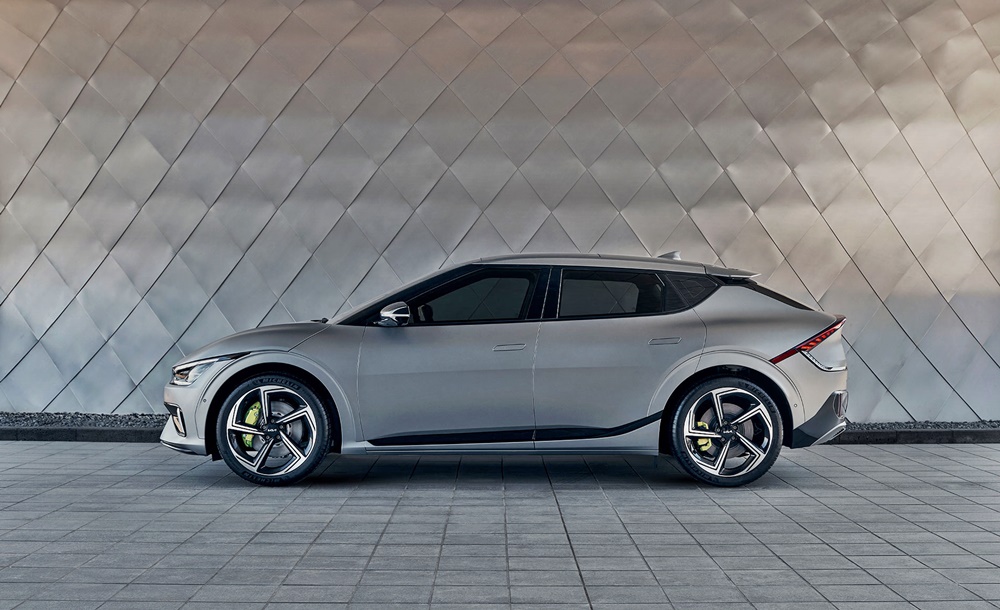
The increase in proportion will be more evident in major markets with strong environmental regulations and a growing demand for EVs. These are markets such as Korea, North America, Europe and China, and the proportion will go up to 78% by 2030.
14 BEV models by 2027
Kia aims to solidify its position as the world’s leading EV maker and to achieve this, it will expand its BEV product line-up. The present line-up is limited but from next year, there will be at least 2 BEVs per year, with a full line-up of 14 BEVs by 2027. Compared to its previous plan to release 11 models by 2026, Kia will also add 2 electric pick-up trucks – a dedicated electric pickup truck and a strategic model for emerging markets – and an entry-level BEV model.
Its EV range will be topped by a flagship model, the EV9, set for launch in 2023. Although the EV9 will be a large SUV with a total length of around 5 metres, it will have a claimed acceleration of 0 – 100 km/h of 5 seconds, and range of approximately 540 kms. Advanced technologies will allow for 100 kms of driving range on just a 6-minute charge.
A first for Kia, the EV9 will also feature OTA (Over the Air) and FoD (Feature on Demand) services that will allow customers to selectively purchase software functions. In addition, it will be the first model to be equipped with Kia’s advanced AutoMode autonomous driving technology.
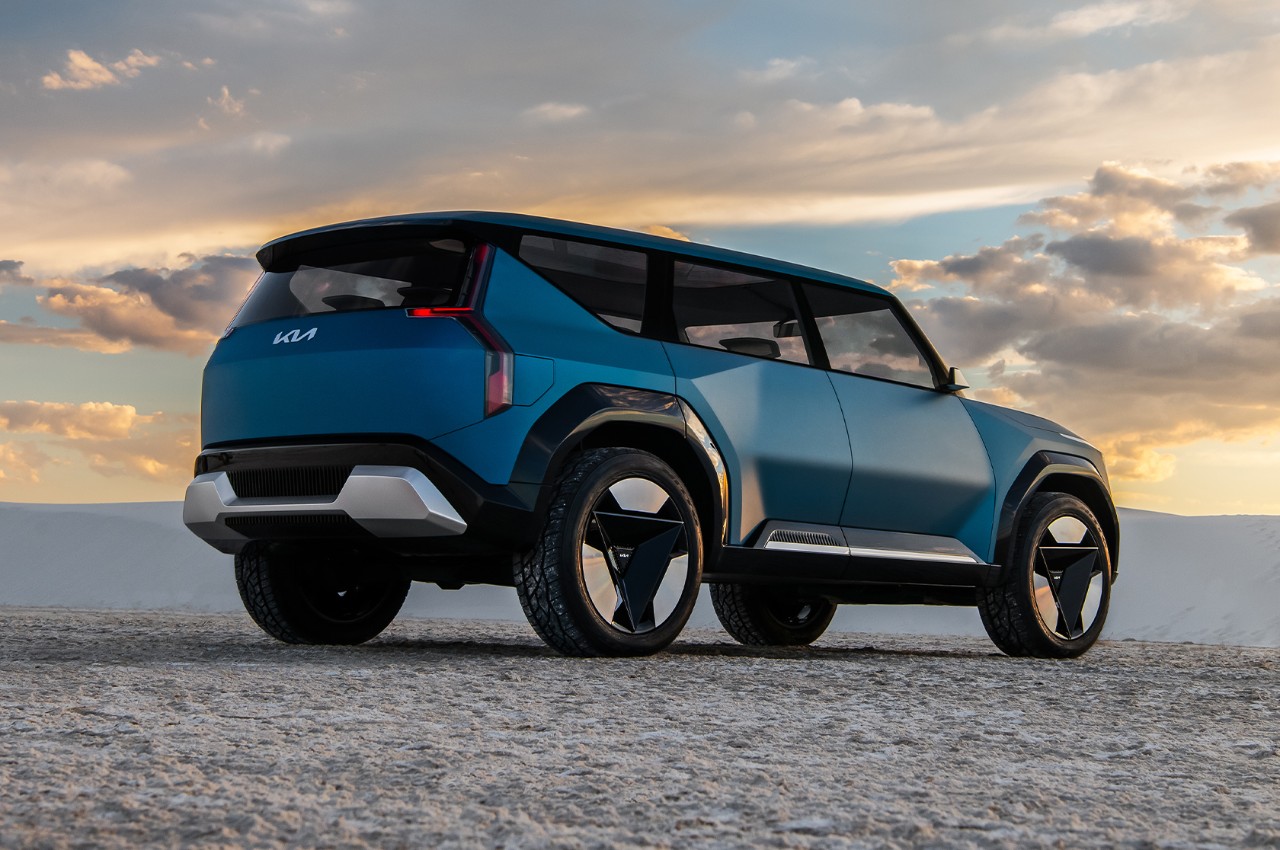
1.2 million BEV sales in 2030
New models like the EV9 will help Kia increase sales of its BEVs from the 160,000 units planned for this year to 807,000 units in 2026, and 1.2 million in 2030. That’s a 36% increase from the 2030 EV target announced during last year’s CEO Investor Day, indicating that the company is going to take a more aggressive approach. Kia projects that over 80% of its BEV sales in 2030 will come from Korea, North America, Europe and China, and a 45 per cent share of total Kia sales will come from these major markets.
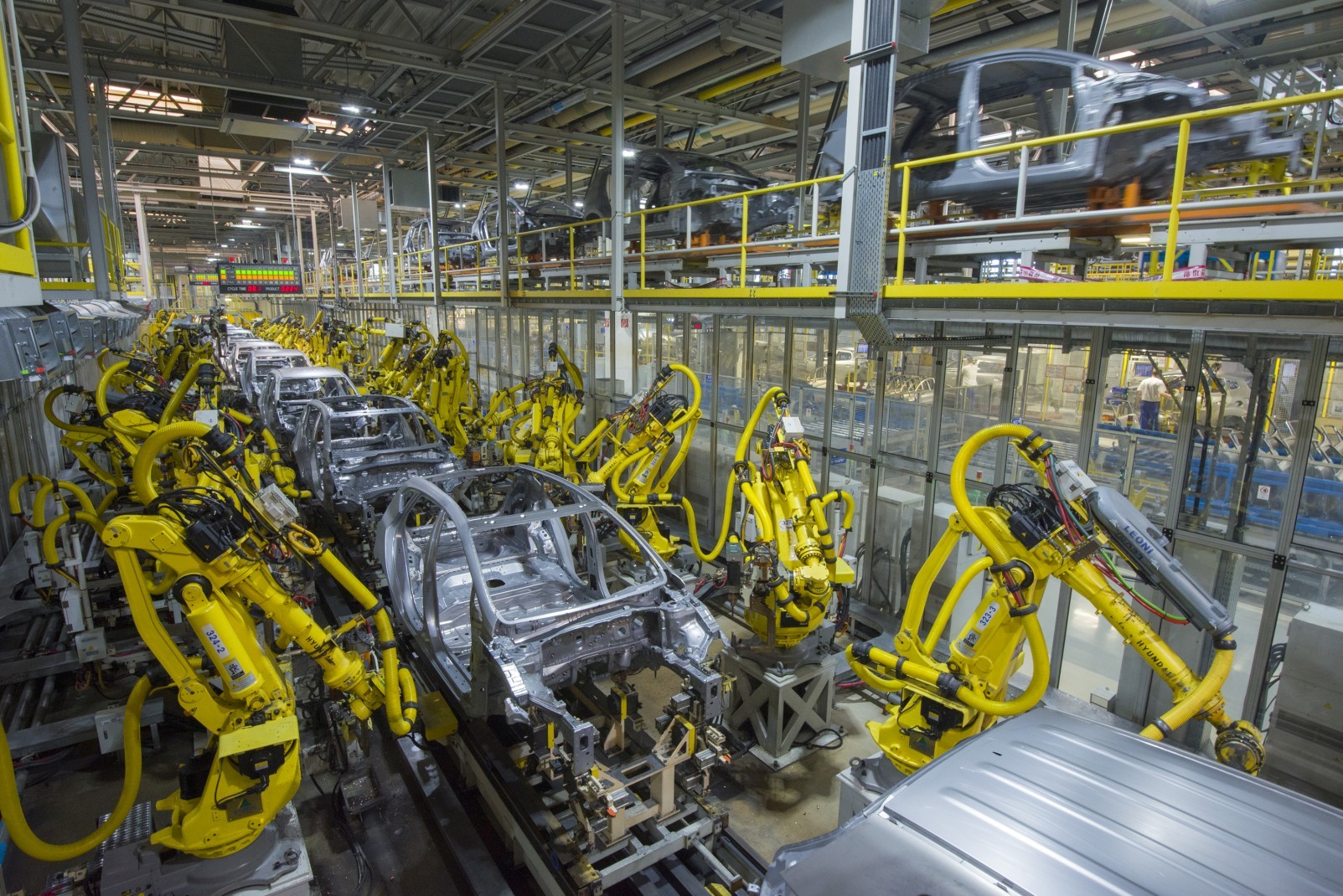
To meet the demands of the expanding volume of EVs each year, the roles of individual production sites will evolve. Korea will serve as a global hub for R&D, production and supply of EVs, while other global production sites will produce strategic EVs for each market.
In Europe, for example, small and medium-sized EVs will be produced starting from 2025. In the USA, where mid-sized SUVs and pick-ups are popular, electric versions of these models will be produced locally from 2024. In China, Kia plans to introduce mid-size EV models from next year, and for India, there will be entry and mid-size EV models from 2025 produced there.
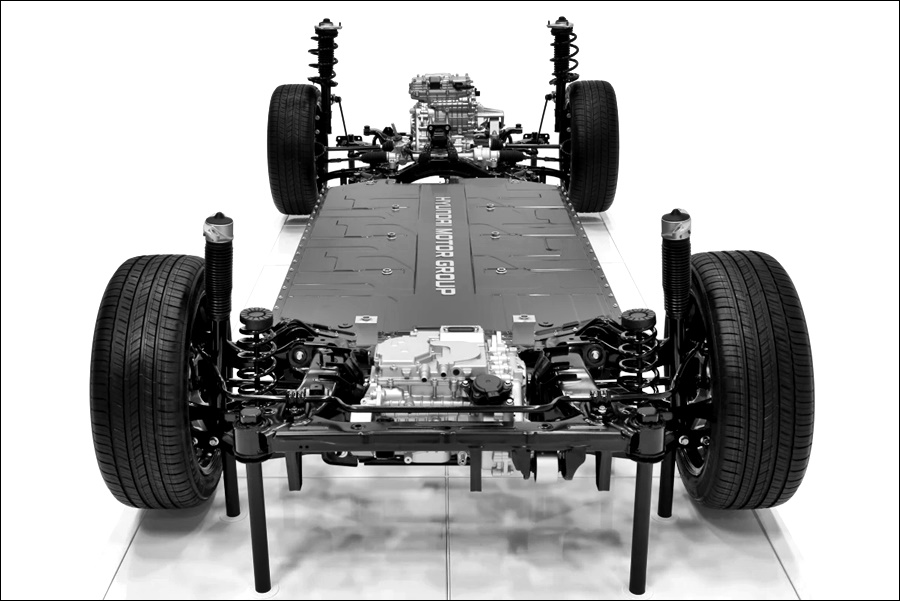
Batteries are a crucial item for BEVs as they supply energy to power the motors so Kia is planning to upgrade its battery technology, and establish a battery supply and demand strategy. While establishing a stable battery supply and demand system by outsourcing to global battery companies, Kia also plans to get batteries from the Indonesian battery cell joint venture. As crucial a factor as supply will also be cost, and Kia is working towards reducing system costs by 40%t, thereby enhancing price competitiveness.
Autonomous driving technology
Autonomous vehicles will come in future and Kia is actively developing the technologies which will be branded ‘AutoMode’. This will include a Highway Driving Pilot feature which would enable driving without driver intervention on highway sections. It will make its first appearance in the EV9 next year, and by 2026, all new models launched in major markets will be available with AutoMode. The adoption rate is expected to surpass 80% and in the long term, the company plans to further upgrade AutoMode technology and implement fully autonomous driving technology.
Kia Malaysia reveals 5-year plan with 61% of local production to be exported




